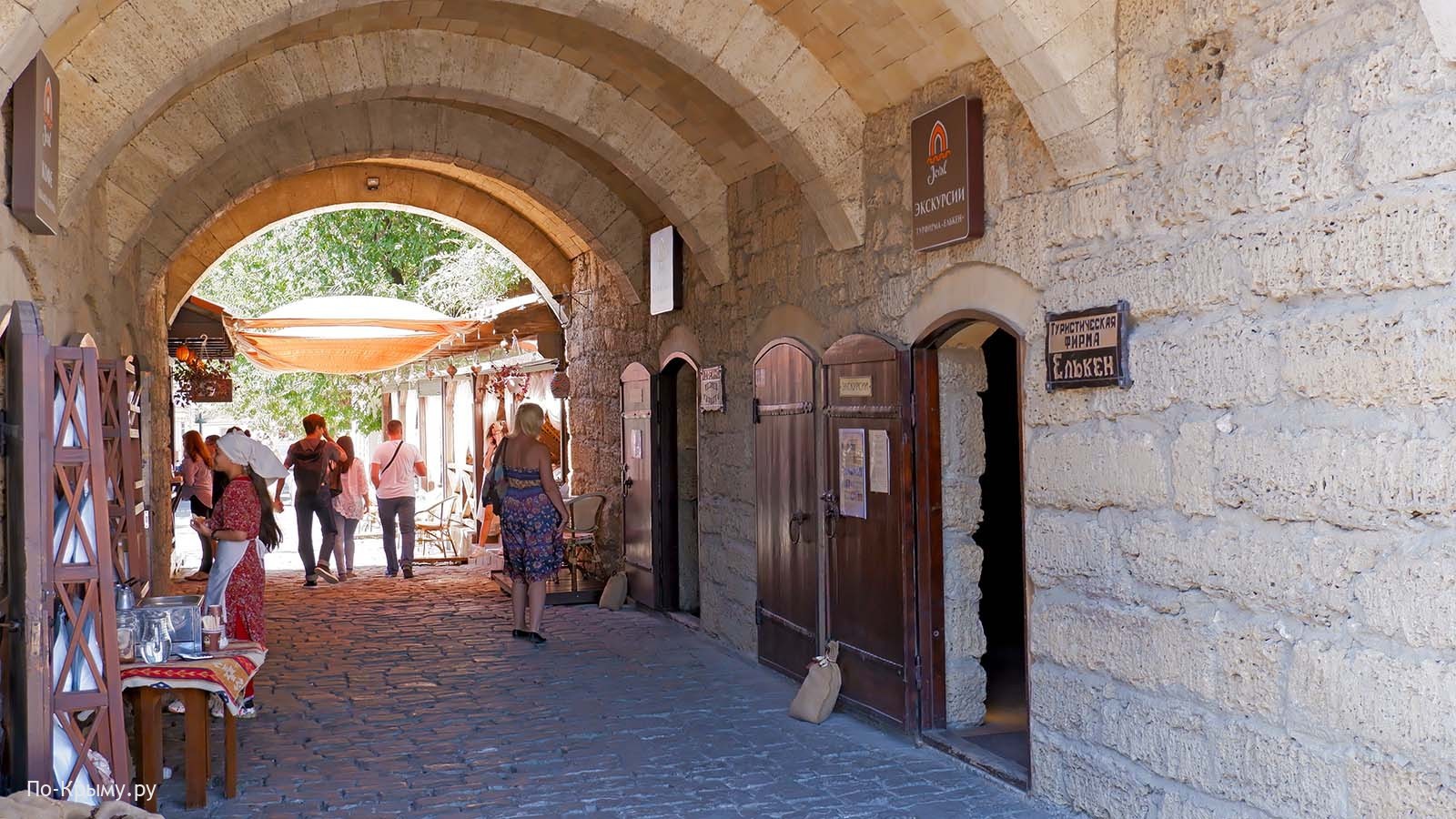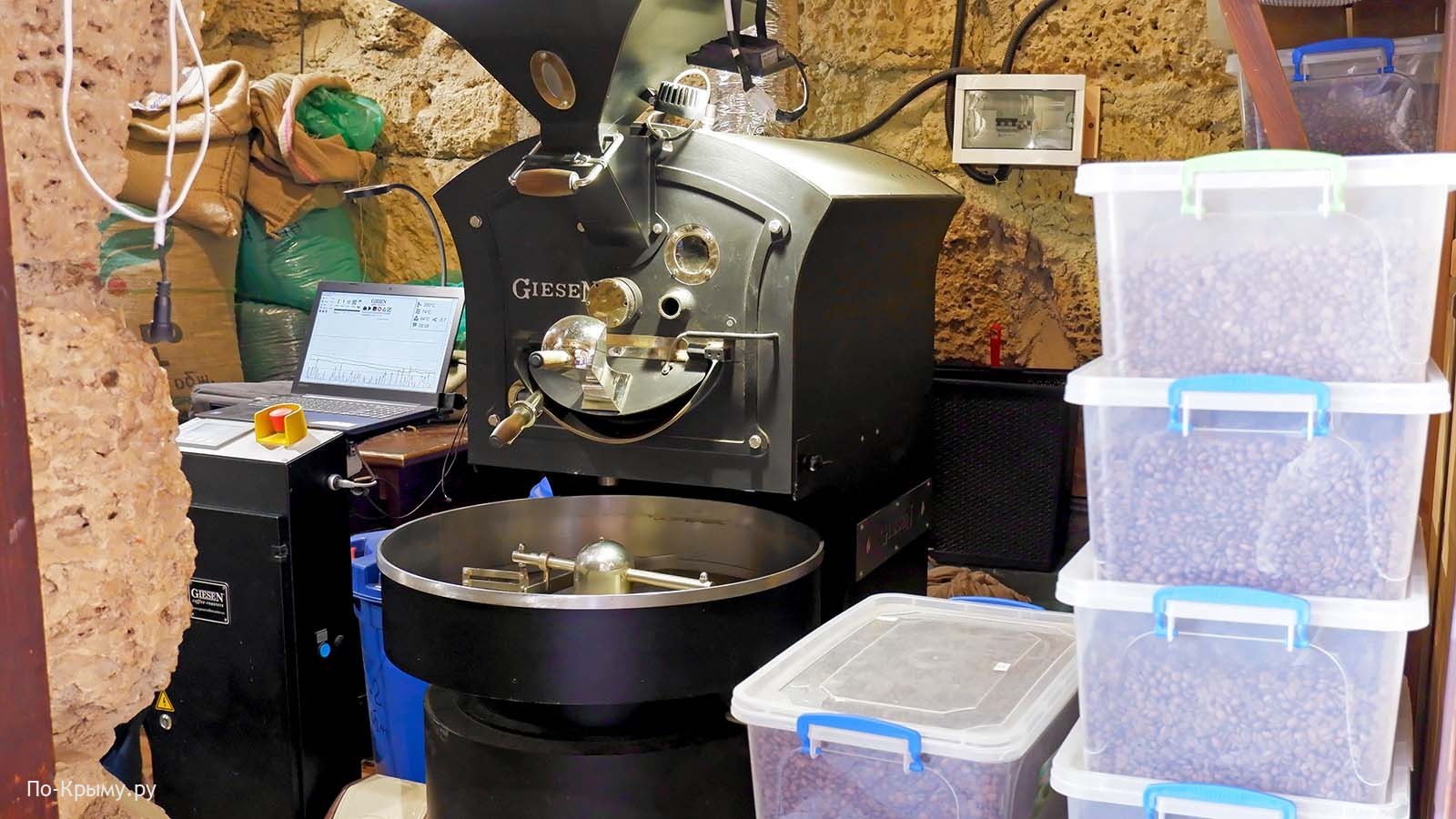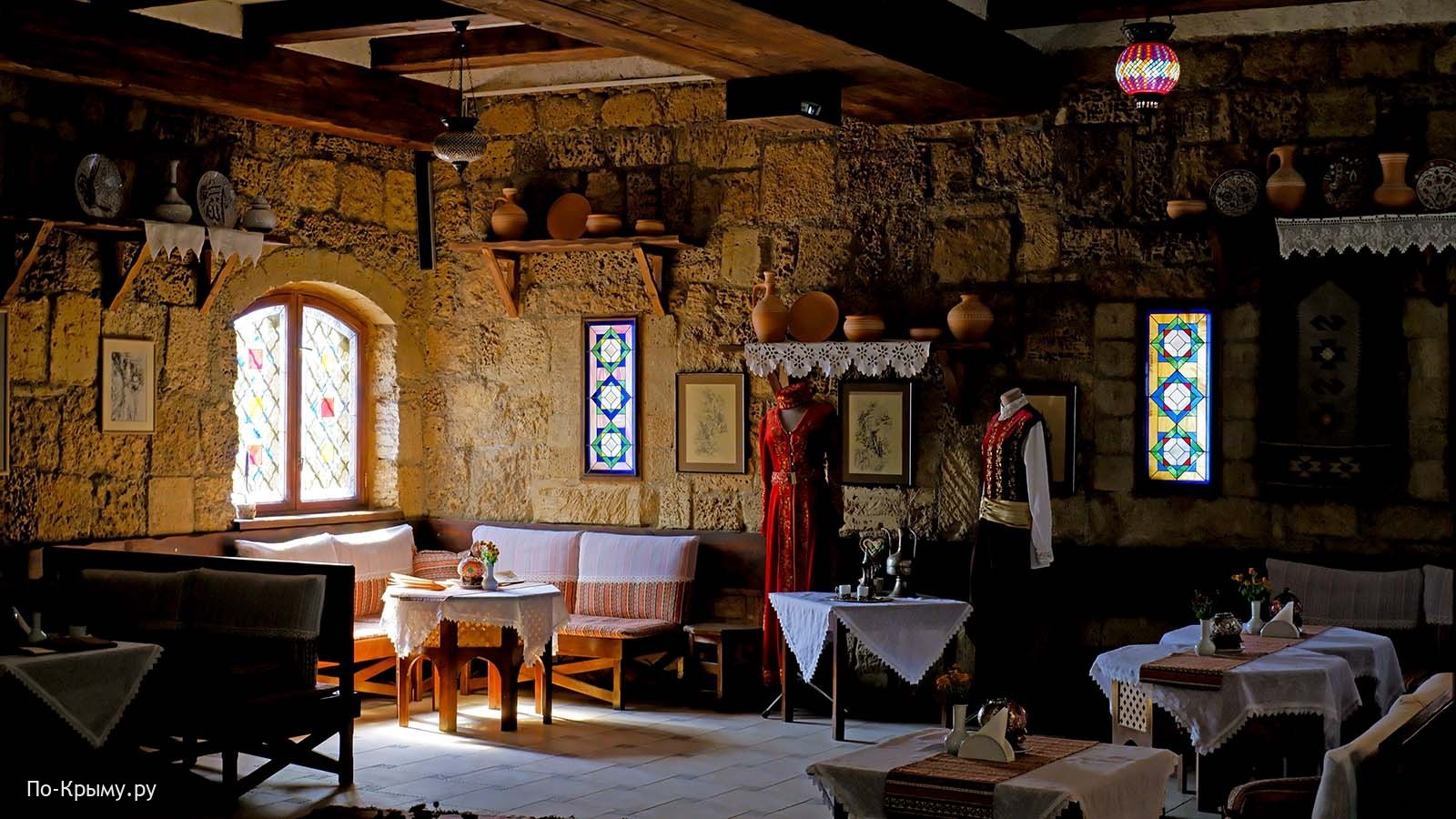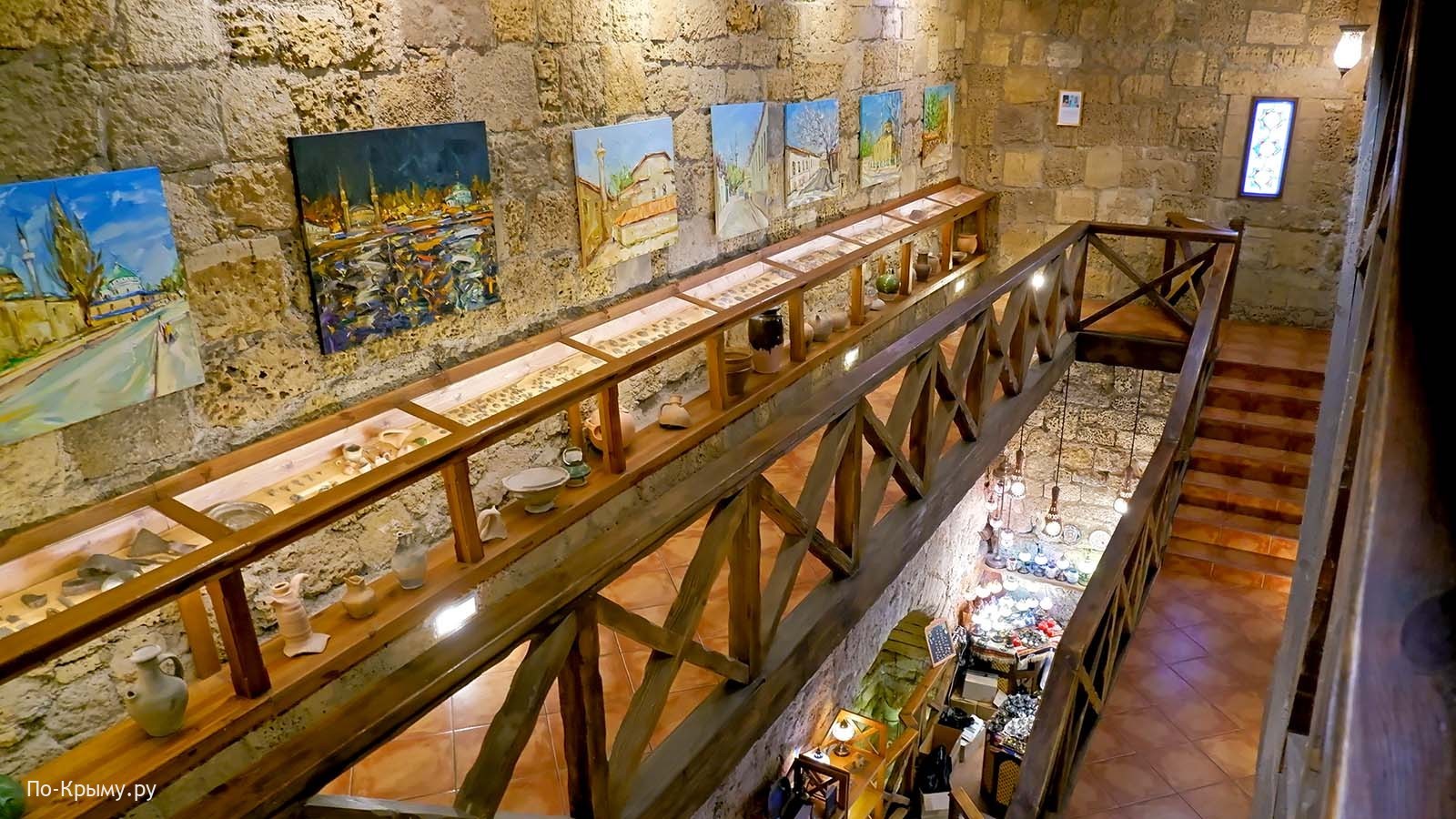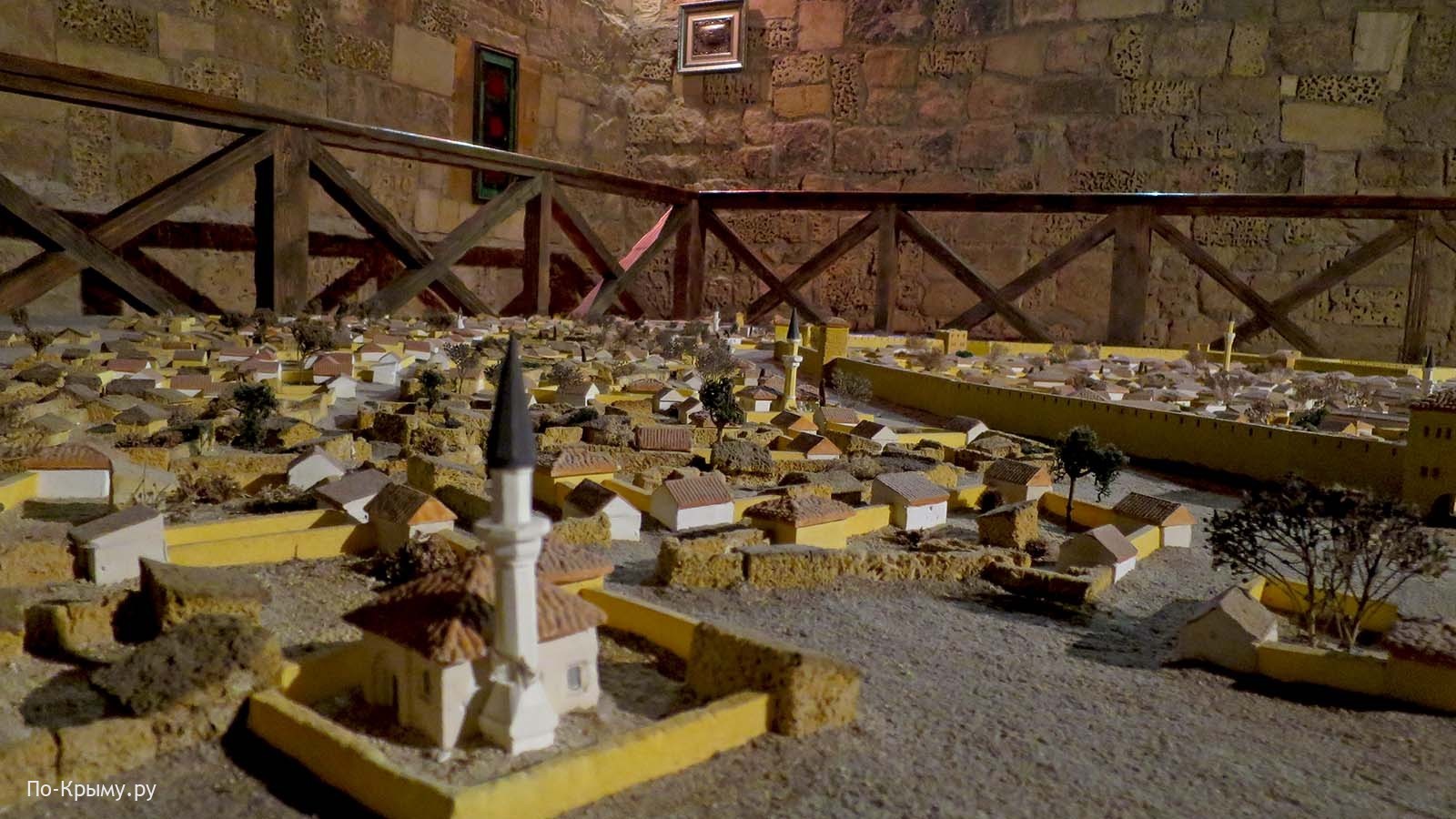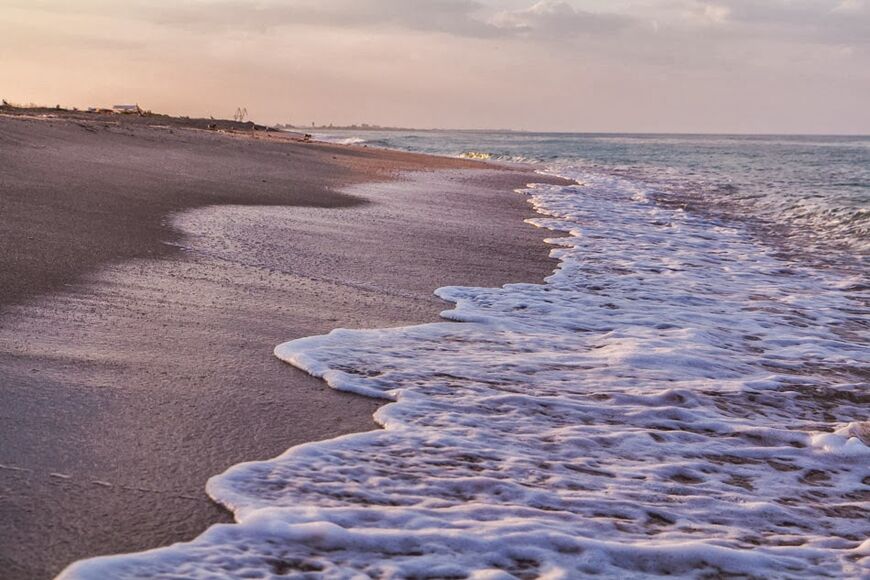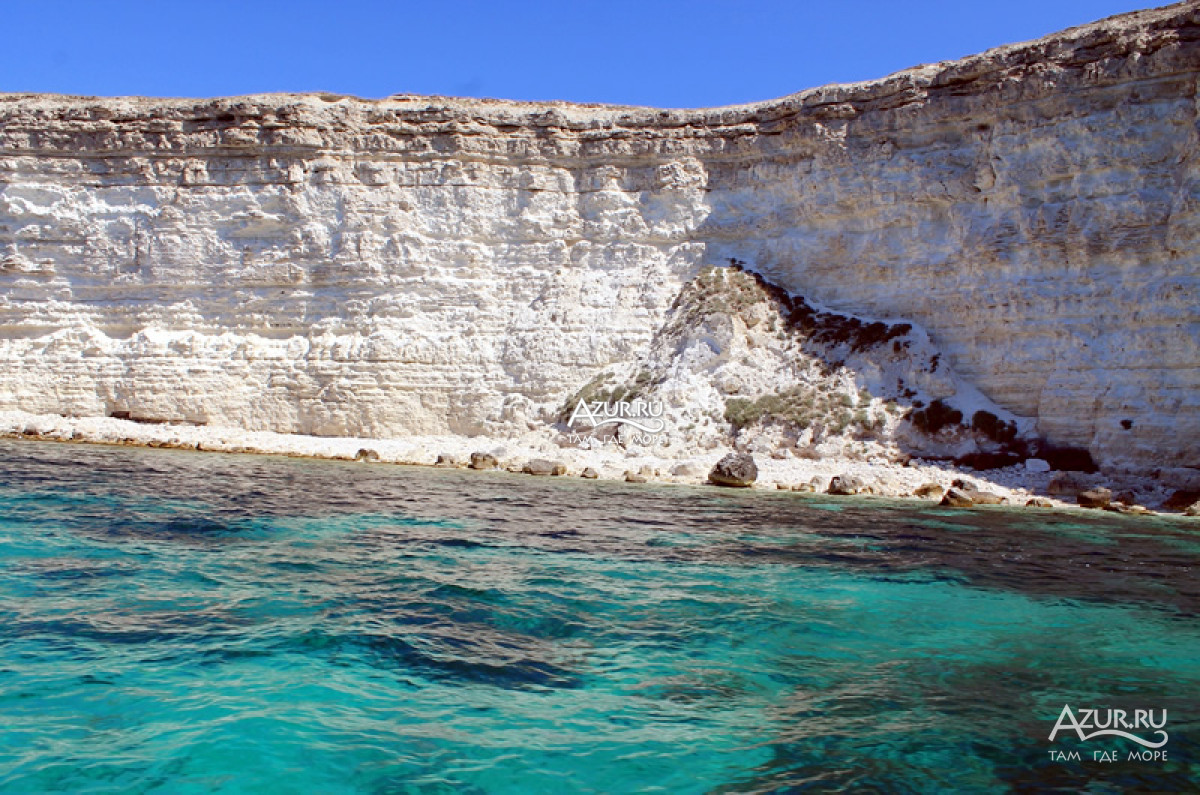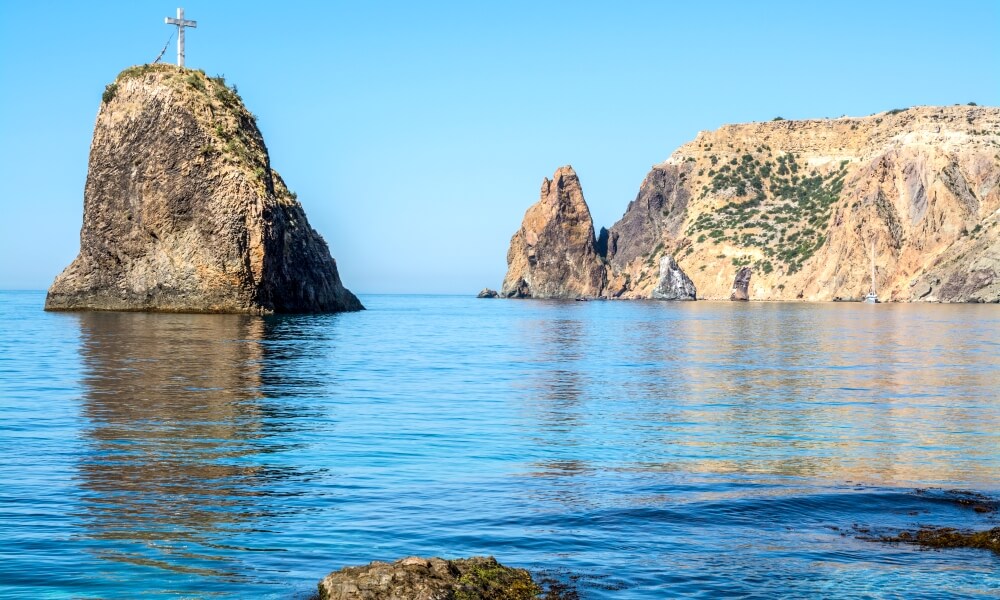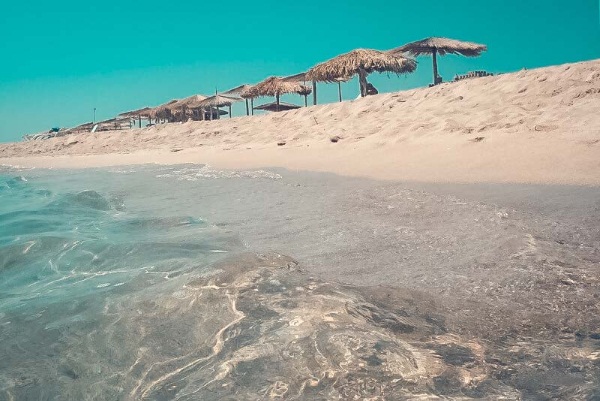The size of a settlement does not always determine the measure of its importance. The village of Khoja-Sala in the Bakhchisarai region of Crimea has only one street and has fifty inhabitants, but is popular with tourists. It's all about the location.
The village is located in the southwestern part of the Bakhchisarai district, near the villages of Krasny Mak, Zalesnoe, Ternovka and Novoulyanovka. To Bakhchisarai from Khoja-Sal 23 km, to Sevastopol - 37 km, to Simferopol - 57 km.
Homeland of warriors
Archaeological research has proven that the origin of the village should be attributed to the beginning of our era. Most likely, its founders were Alans and Goths, who quickly mixed with the local population and assimilated. In the Middle Ages, they became subjects of the principality of Theodoro. But the original name is unknown. Under the modern name (in the spelling of Koca-Salasa), the village was first mentioned under 1520 in Turkish documents.
Initially, the Turks noted it almost exclusively as a Christian population, but it was quickly replaced by Muslims. But in all cases, documents indicate an unusually small number of adult men and a large number of widows in the village. The reason was the excellent military qualities of the local natives. They were invariably taken to serve in the "special forces" of the Sultan's troops. But heroes rarely live long.
At the time of the inclusion of Crimea to the Russian Empire, only Tatars lived in the village - it was a small, poor settlement. After the establishment of Soviet power, its importance did not grow. And in 1944 the Tatars were deported. And the village disappeared altogether.
It was restored in 1990, when a decision was made to rehabilitate the deported peoples. Nowadays, not only Tatars live in Khoja-Sala, but they still make up the overwhelming majority. However, the "suppression" is relatively - the village is quite small. There is no production in it and a very modest infrastructure (you even need to get there by a regional road). But the village has one advantage, but a very significant one. It is located at the western foot of Mangup, and almost everyone who wants to visit the cave city, at least for a short time, ends up in Khoja-Sala.
Hotels and catering establishments
Serving tourists is actually the only occupation of the villagers. Therefore, the village of Khoja-Sala in the Crimea can rightfully be considered a solid hotel with rooms of different categories. Accommodation will not be as cheap as you might think, judging by the size of the village and its distance from the "centers of civilization." The influence of the massiveness and constancy of the tourist flow affects. But still, housing here cannot be called expensive, it will not be difficult to find decent conditions for 1,500 rubles per day.
There are several real hotels in the tiny village, of which reviews rate "Mangup-Kale" the highest. This institution is located on - easy to get to, quiet, calm. The guests are provided with sufficient comfort - there are air conditioners and hairdryers in the chambers, on the territory there is a parking and a sauna. The owners are pet friendly.
Solid teahouse
This statement is also true for many. There are noticeably more food outlets in Khoja-Sala than housing. The fact is that tourists and travelers arrive here, as a rule, "on wheels" and do not spend the night in the village, hurrying to go further. But you always want to eat.
The village is Tatar and everything in it is appropriate - from names to cuisine. Guests are invited to "Arzy", "Kervan-Saray", "Chaikhana at Elmira", "At Aishe" and other inexpensive, but quite pleasant establishments with a national flavor. Tatar cuisine is delicious and has long been appreciated by visitors. But Slavic tourists remember that the local tradition does not approve of alcohol. Therefore, it is better to focus on coffee right away!
Of course, first of all - Mangup-Kale. The legendary cave center of the state of Theodoro is located 3 km from the village, even a lazy one can get there in an hour. The city is one of the most visited resort facilities in Crimea. In addition, from here it is easy to get to other "pearls" in the caves - Eski-Kermen, Shuldan and Chelter monasteries. There are also many more "man-made" monuments of the Middle Ages - the ruins of the Syuyren fortress, the Kyz-Kule castle, and two temples. Monographs have been written about all these objects, and the tour guides do not heal calluses in tongues from stories about them.
The nature of the environment of Khoja-Sal is also interesting. Nearby is the man-made lake Mangup, which has long been transformed into a natural complex, and a beautiful one. A tourist camp is equipped on its shore, swimming and setting up tents is allowed. Fishing is also allowed, but it is paid (prices do not "bite"). In summer, when the lake becomes shallow, at its bottom you can see the ruins of medieval buildings, partially flooded during the creation of an artificial reservoir.
The village stands at the confluence of two valleys - Dzhan-Dere and Karalez, therefore, from Khoja-Sal you can go to the "sphinxes" of the Karalez valley. It is interesting and easy to wander around the mountains in the vicinity - who likes to spend time like that.
In hotels, food is usually not included in the cost of living, but you can get it for an additional charge. You will have to negotiate with a private owner individually. The villagers provide themselves with many products on their own, from their own households, but there is an ordinary village grocery store in Khoja-Sala.
Attractions in Khoja-Sala
But Khoja-Sala is not intended for sitting in a hotel, so relatively little comfort is enough for a visitor. Rest here is intended to get acquainted with the wonders of the Crimea, which are abundant in the vicinity of the village.





